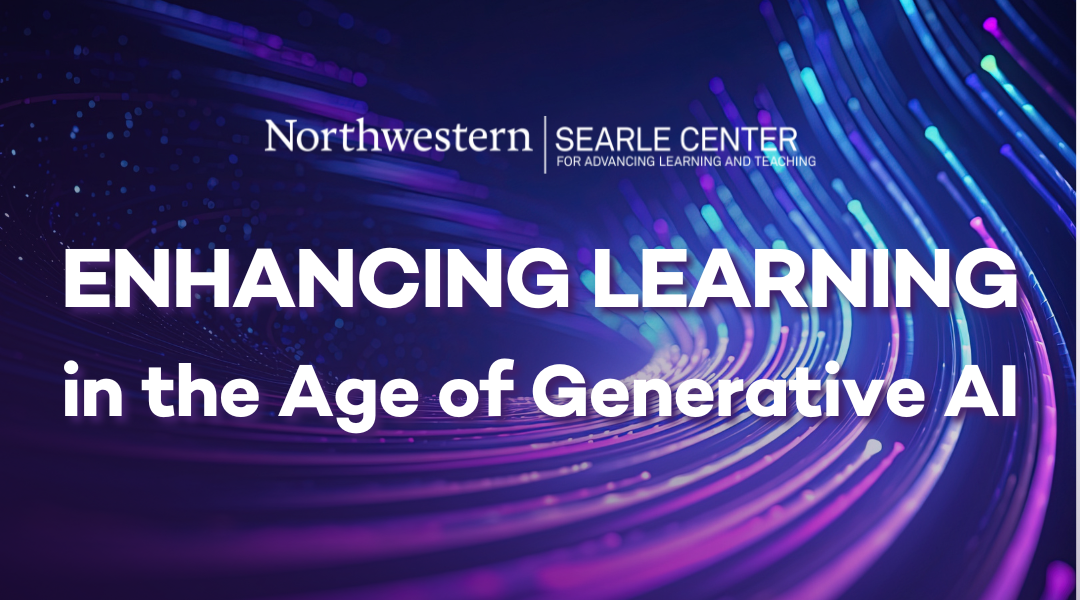
Searle Center
Transformative teaching as a catalyst for lifelong learning.
Who We Are
Since 1992 the Searle Center’s mission has been to advance learning.
We are committed to deepening reflective, evidence-informed, and innovative pedagogical practices; bolstering student success and instructor vitality; and stimulating assessment to drive substantive course and curricular change. Aligned with the University priority of delivering an outstanding educational experience, we lead initiatives to enhance teaching and learning so all students can thrive at Northwestern. We partner to build a robust educational development infrastructure and expand capacity for strategic institutional change.
Featured Guides & Resources



News
Upcoming Events
Moving Beyond CTECs: Using Feedback to Improve Your Teaching
Pedagogical Innovations in STEM featuring Jonathan Emery
Student Experiences in STEM
University Practicum | Featured Speaker: Understanding and Amplifying Student Motivation with Mesmin Destin (2026 Winter)
University Practicum | The Science of How Students Learn (2026 Winter)
University Practicum | The Science of How Students Learn - Synchronous Online Session: Deepening Connection (2026 Winter)
Stay Connected
Keep up to date with Searle's latest events, resources, and opportunities for ongoing learning.
Sign Up